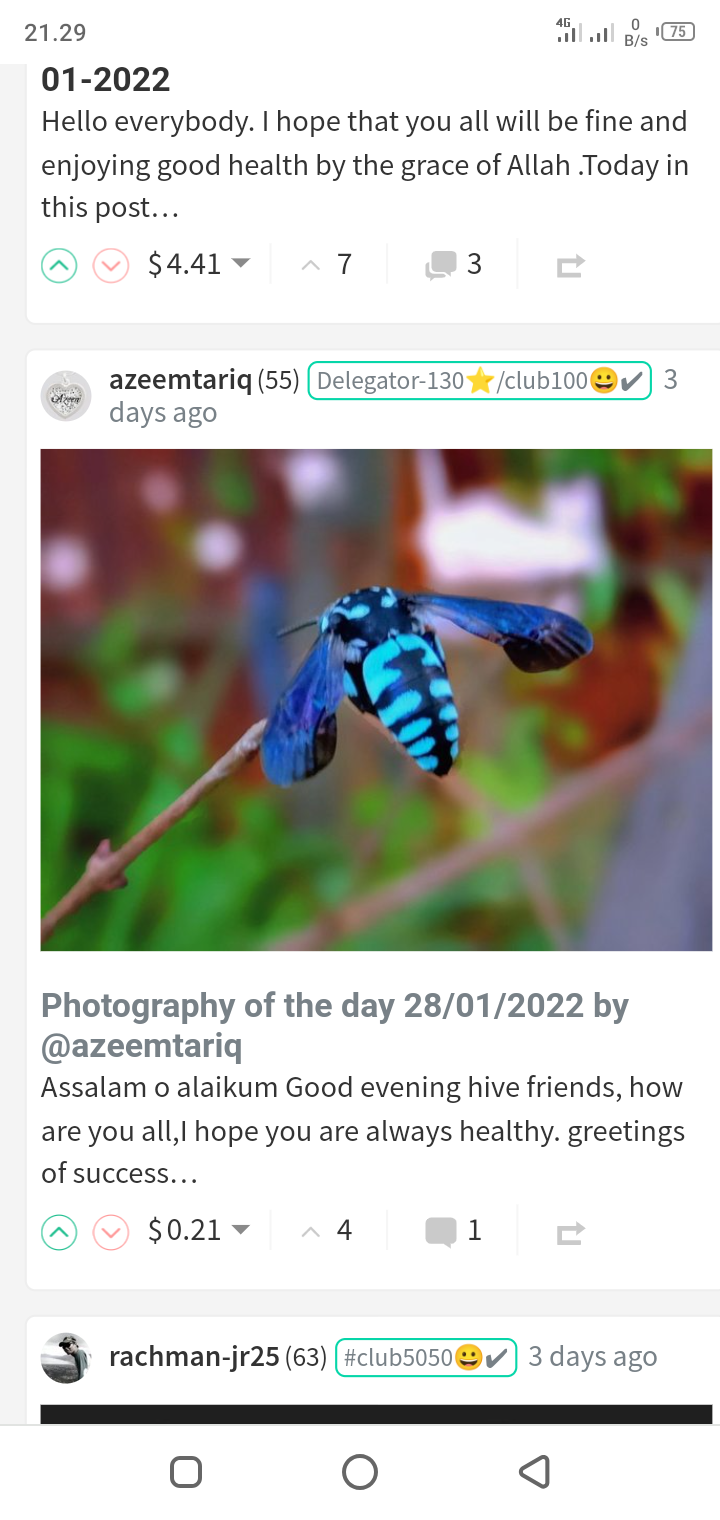Thyreus or the cuckoo bee, is one of the species belonging to the bee family, when investigated, it turns out that they have several types, including Thyreus nitidulus, Thyreus lugubris, and Thyreus caeruleopunctatu. For more details about them scientifically, you can see it in the link on the side Wikipedia.org
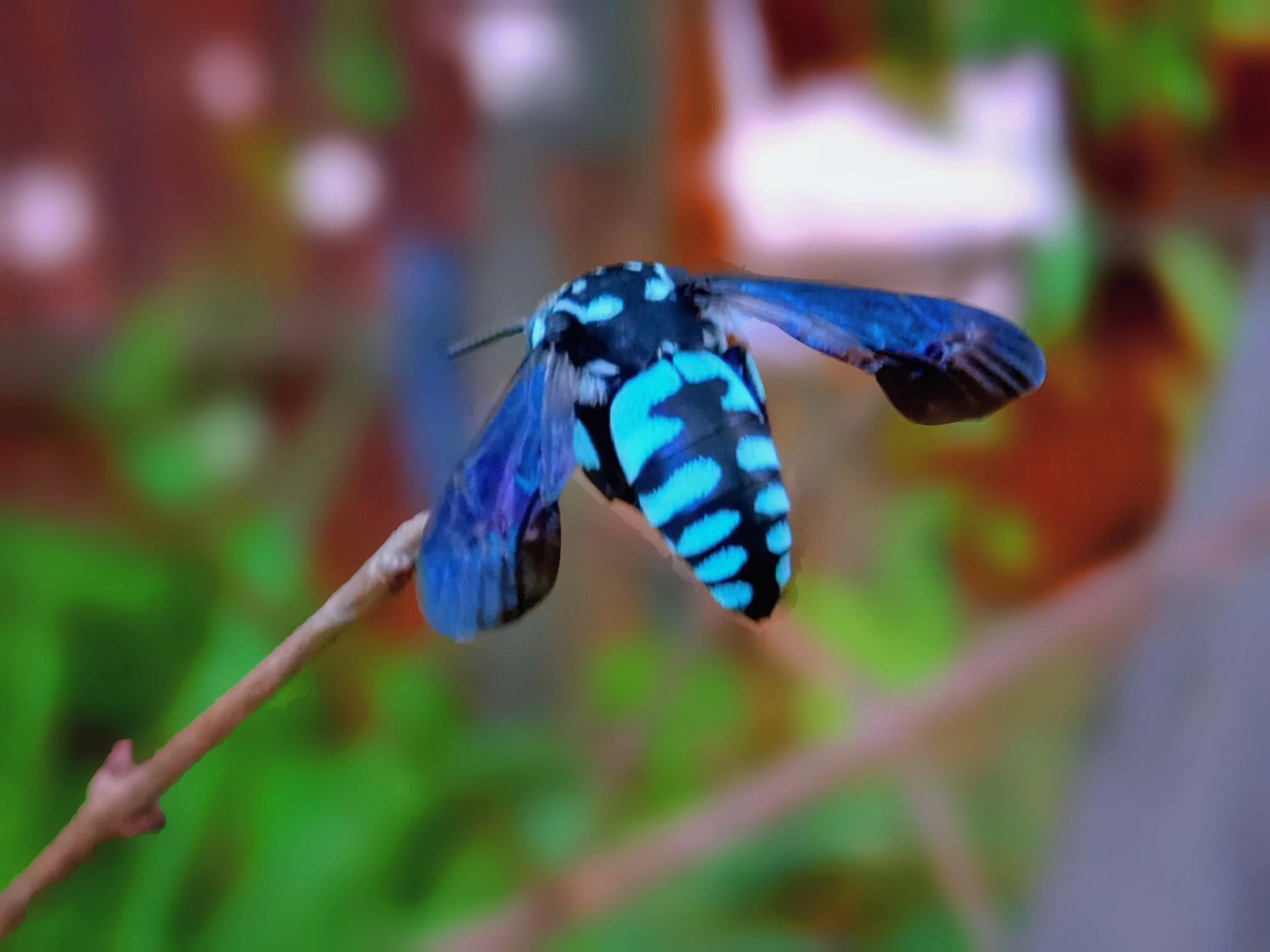
How are you today? Of course in a pleasant situation and I hope to be healthy.
It is also difficult to detect their presence in a habitat in general, especially in a community of flying insects, of course having a complicated thing to investigate closely and deeply.
The point is, to examine their character further like ordinary bees in general or like honey bees, has a complicated thing, of course this goal has some obstacles to get accurate information about them.
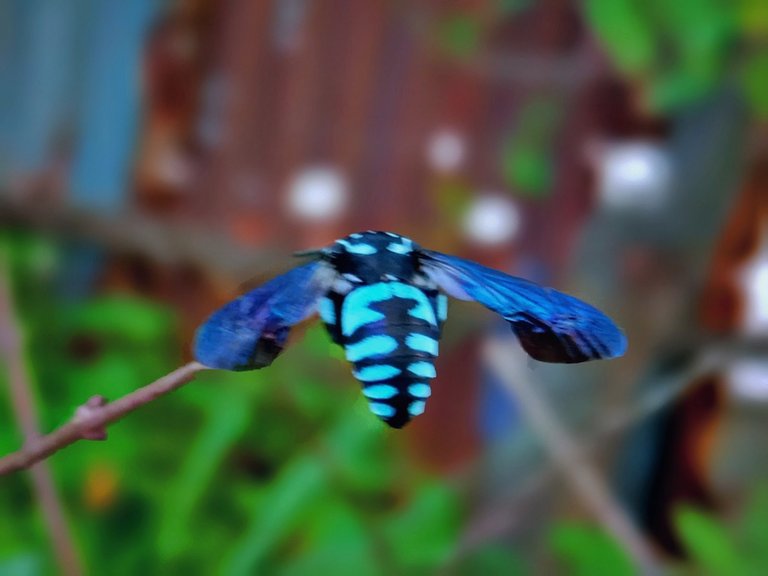
When it becomes complicated to observe it with the aim of obtaining accurate information, it indirectly shows some of the characters it has, either in general or in particular. So in this case, will be conveyed some things about them in the investigation.
Basically, there are a lot of things that can be seen in this cuckoo bee, some of which can be seen are.
🐝 In our area it is very difficult to find them if there are very rare
If in your area it is very easy to see its existence, then you can be sure the area is very lucky and the location point is still beautiful and natural, because in our area it is very difficult to find it, here it is very rare to see it, if there are very few. This one bee really likes a location that is still beautiful, so based on the results of a temporary survey it can be said as you will see below.
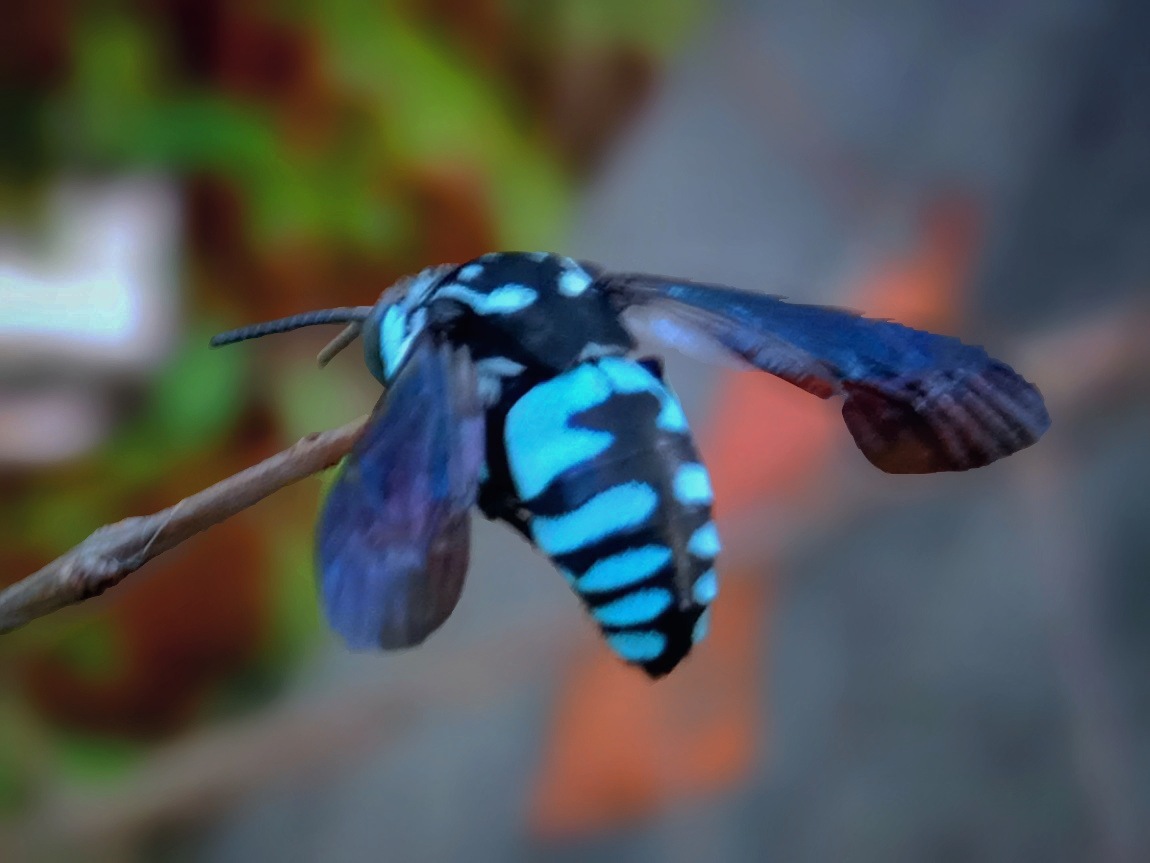
| Number | Location point | Prosentase | Year |
|---|---|---|---|
| 1 | Densely populated areas (urban) | 1 % | 2019 - 2022 |
| 2 | Village area | 5 % | 2019 - 2022 |
| 3 | Plantation area | 10 % | 2019 - 2021 |
| 4 | Forest area | 15 % | 2019 - 2022 |
Note : This information, based on the observations of the local research team (TPHL, North Sumatra-Aceh)

The lack of their presence in one habitat from year to year can be ascertained entering the next few years their development will be dwindling and it can be said that their presence is increasingly rare, and it is very difficult to detect their presence.
This is likely due to the lack of habitat he prefers, either in densely populated areas or in areas with a variety of plants.
The percentage shown above is based on a comparison of honey bee species that often dominate every green area in urban, rural, hilly, and other natural forests.
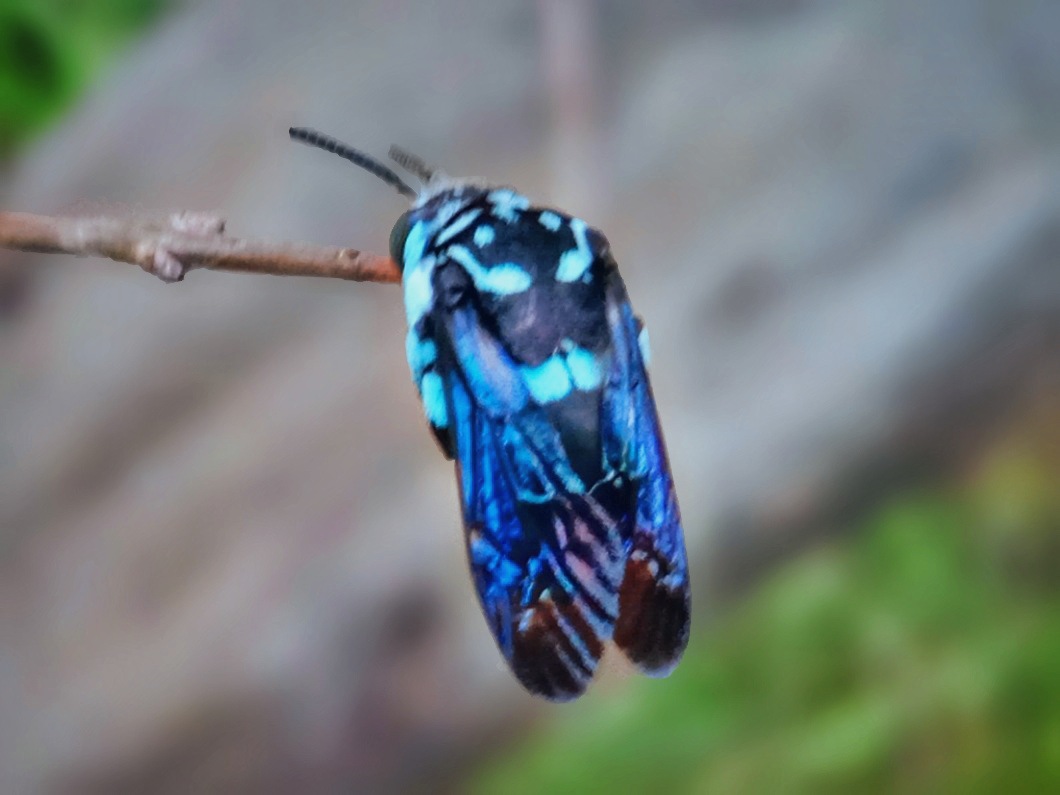
Every problem that often occurs must have a good reason so that a problem is born that is discussed, as well as this cuckoo bee, they also have a thing that must be discussed in the insect world, why does this happen? The main reason why this cuckoo bee is rarely seen is, based on its very hidden nature, it always chooses a location that is often quiet away from all the activities of bees and other flying insects. Indeed, he also has other bee instincts such as liking flower nectar that has bright colors like contrasting colored plants.🐝 The reason that causes it is difficult to find
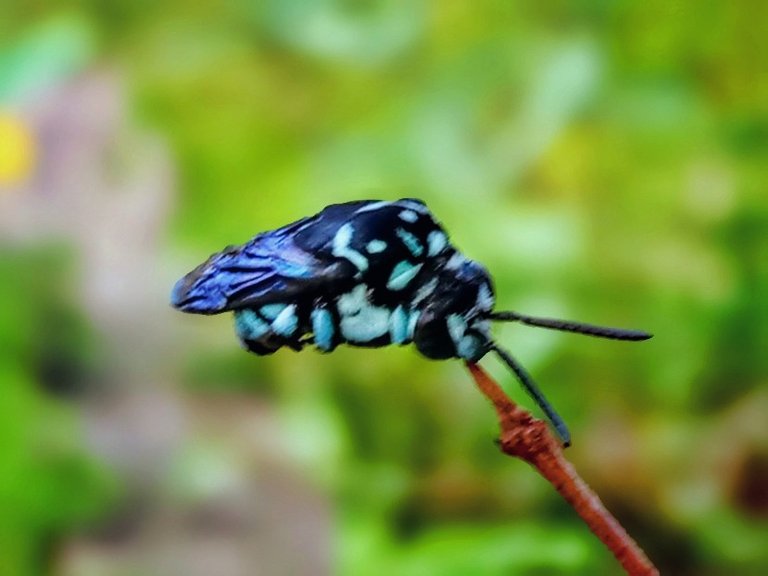
Coupled with their less aggressive nature, they are not well known in the world of bees as honey producers. If honey bees often produce honey in a hive arrangement, but for cuckoo bees it is very rare to see a nest that resembles a honey bee, even I myself do not know where they have a nesting location, let alone to see it producing honey.
Uniquely, they often mark resting locations, of course, he chooses the location of branches or small twigs of plants that are rarely visited by bees and other insects. If the chosen initial location is visited by another bee, it will automatically move to another location point even though it is still in the same area.
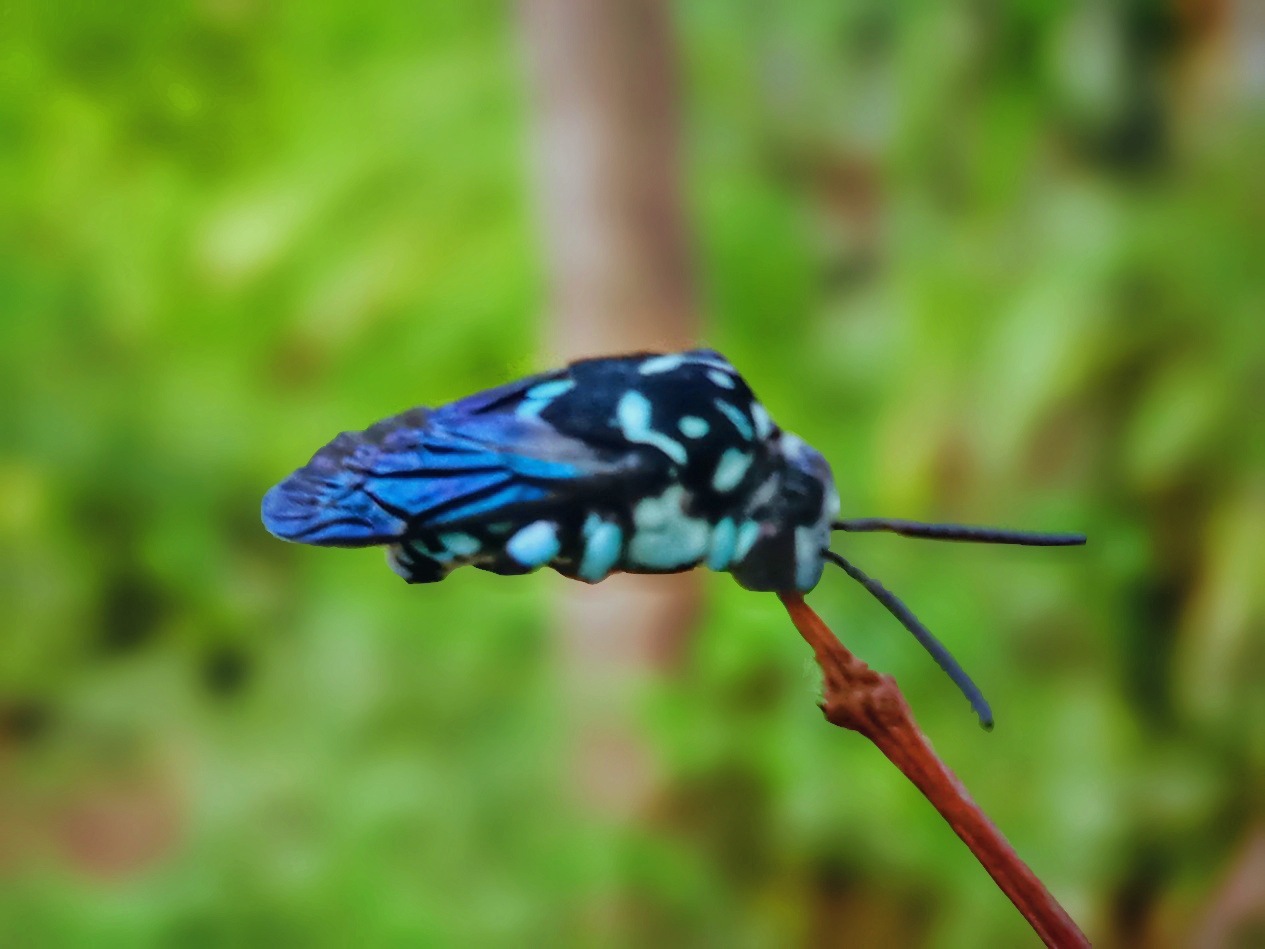
As noted above, he will continue to visit the starting location or the location he thinks is safe, and the location tagging will not change the meaning of remaining standing and resting on the same branch or twig.
While the location of the perch is close to the location of the feed, in the sense that they will forage for food in a location not far from the nest.

When they have a location that matches the condition of their character, they will never leave that location, unless things happen that make them uncomfortable, such as:
The arrival of predators who are often enemies of bees, or who often see several large dragonflies or large wasps are also seen stalking and hunting them.
The arrival of another guest, who wants to dominate the territory of his choice, on a scale of more than 10 or has formed a group or colony.
Changing a condition from silence to being crowded with sounds or other activities, whether originating from humans or other destructive animals.
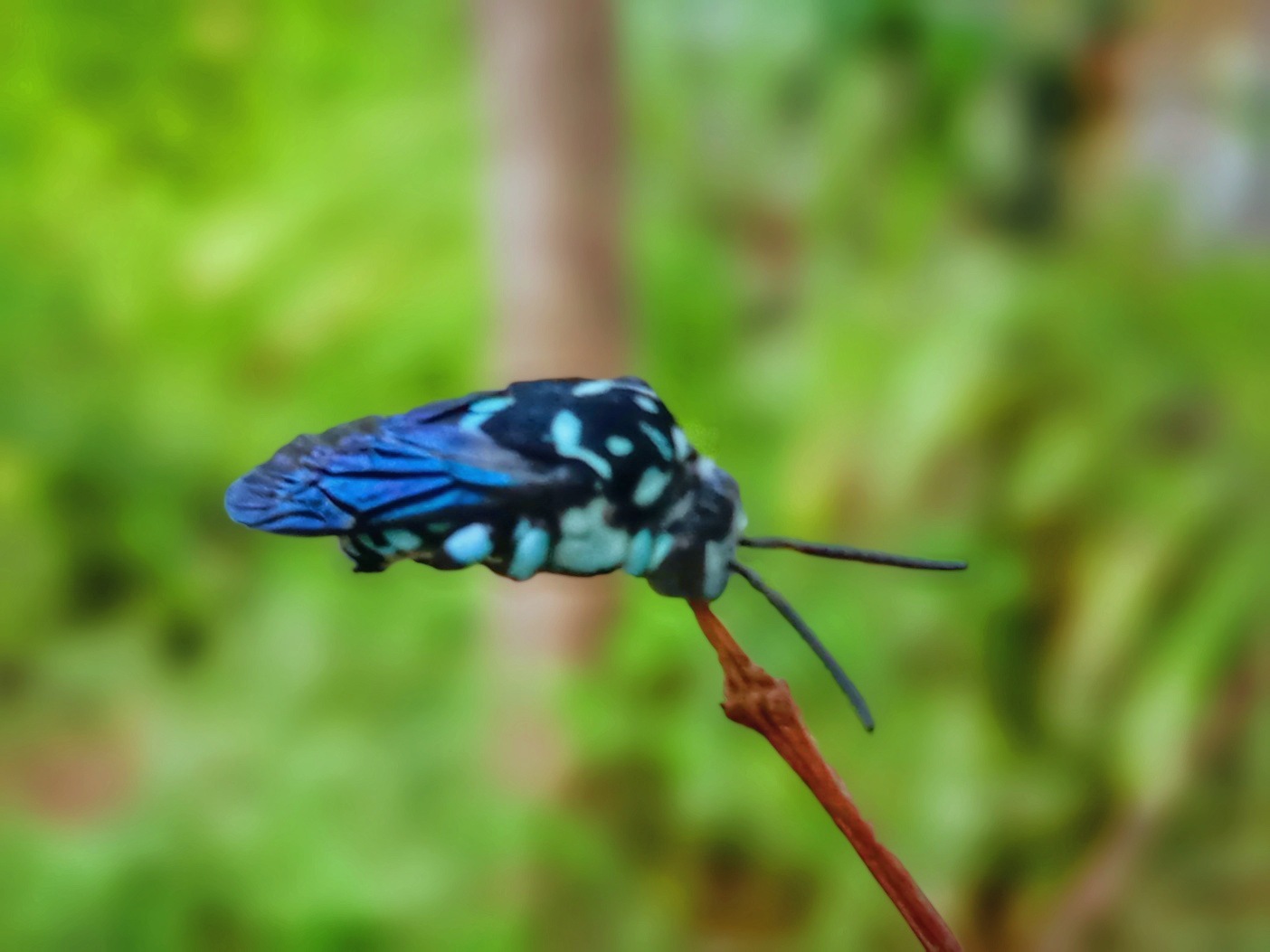
If you see things that are not liked by the points above, it can be said that this little bee does not like a noisy atmosphere or an atmosphere that is not quiet according to his instincts.
Characters who often like silence or don't like busy things make them more invisible, and very difficult to find, but if you know their favorite location then they will be seen even with a little capacity.
To be continued...
You Can See Mee In 



About Author
Krue Seumangat!
Welcome to this simple blog. The author is a full-fledged nature lover, in his spare time likes to write, read and always likes something new, wants an innovation. Passion invites people to always learn. Likes to explore hidden things, and always wants to get ahead. Always upvote and provide suggestions to advance this author.
If you liked the content, don't forget to upvote and leave a comment below. Always want to do good. Thanks very much :)


